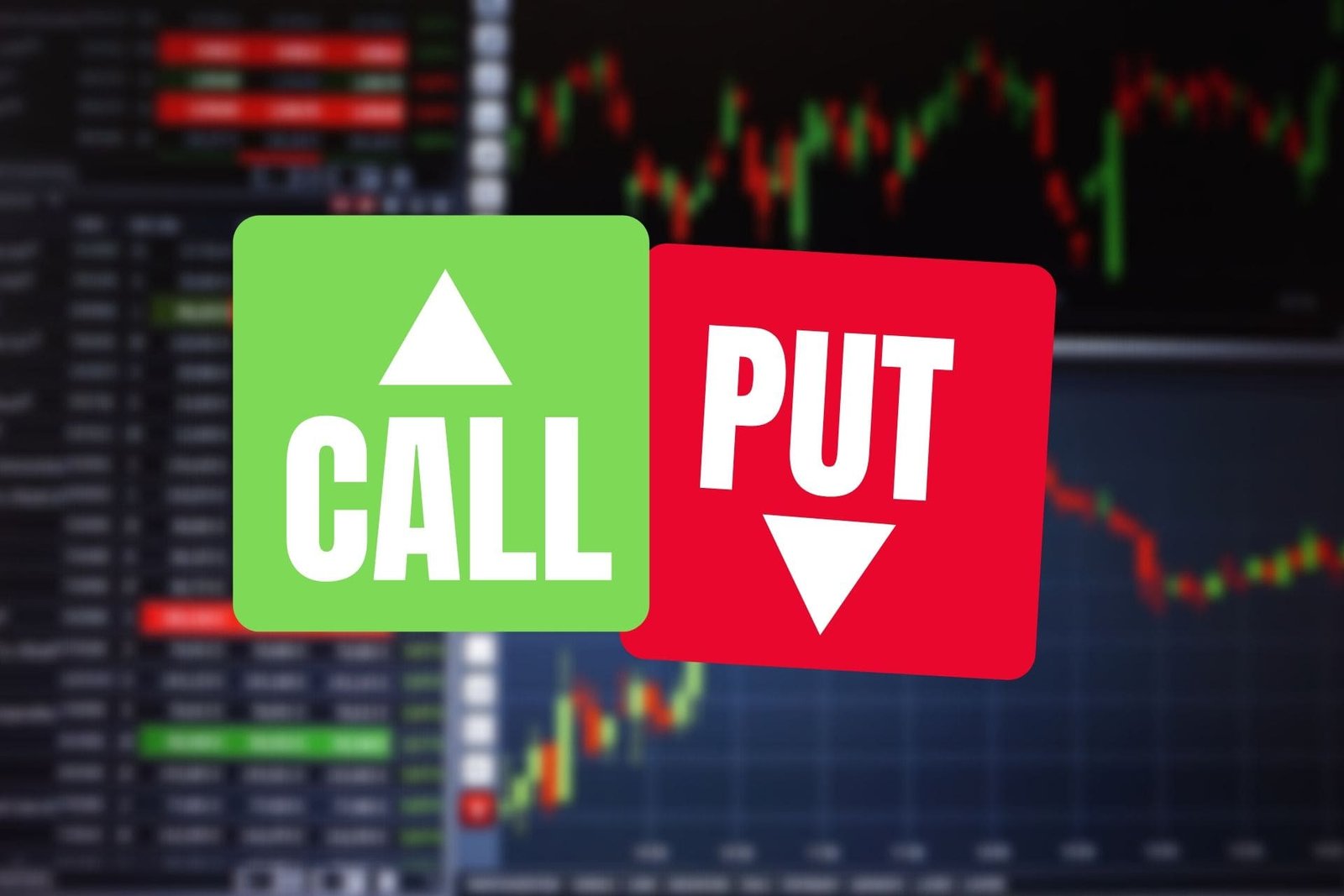Healthcare
- by:
- Nick H
Key Points
The healthcare sector includes pharmaceuticals, biotech, devices, services, and insurance
Main growth drivers are aging populations, medical innovation, technology, and expanding global access
Key risks include regulation, R&D uncertainty, pricing pressure, patent losses, and global competition
For adsense add
Advertisement

affiliate add
For adsense add
Mail Sign Up
Get The Latest News & Stock Picks
Stay ahead of the market with expert news, actionable tips, and exclusive stock picks delivered straight to your inbox. Join a community of investors who value real insights and smarter strategies. Sign up now and get the edge you need to invest with confidence.
By submitting your email, you agree to receive updates and promotional content from our team. You can unsubscribe at any time. For more details, please review our Privacy Policy.
For adsense add
For adsense add
The healthcare sector stands at the intersection of science, technology, and humanity, providing essential services and products that sustain and improve life. As one of the largest and fastest-growing sectors globally, healthcare is not just about hospitals and doctors—it encompasses pharmaceuticals, biotechnology, medical devices, health insurance, and more. For stock market investors, the healthcare sector offers unique opportunities for growth, stability, and diversification, often acting as a defensive play during economic downturns.

In today’s environment of medical breakthroughs, demographic shifts, and technological change, understanding the healthcare sector’s structure and dynamics is crucial for informed investing.
What Is the Healthcare Sector?
The healthcare sector includes a vast range of companies that provide goods and services to treat patients, prevent illness, and enhance well-being. This sector is grouped into several key industries:
Key Segments of the Healthcare Sector
1. Pharmaceuticals
Pharmaceutical companies research, develop, manufacture, and market prescription drugs and vaccines. This segment is a major source of innovation, driven by R&D and regulatory approvals.
2. Biotechnology
Biotech firms focus on cutting-edge therapies based on genetics, cell biology, and molecular research. They develop treatments for diseases ranging from cancer to rare genetic disorders, often partnering with larger pharma companies.
3. Medical Devices and Equipment
These companies produce everything from simple bandages to advanced diagnostic imaging machines, surgical tools, implants, and monitoring devices. Demand is fueled by technological advances and an aging population.
4. Healthcare Providers and Services
Hospitals, clinics, outpatient centers, nursing homes, and home health services deliver direct patient care. This segment also includes contract research organizations and companies providing laboratory, diagnostic, and telehealth services.
5. Health Insurance and Managed Care
Insurers and managed care organizations facilitate access to healthcare, managing costs and navigating complex regulatory environments.
How Investors Access the Healthcare Sector
Investors have several ways to participate in the healthcare sector:
Individual Stocks:
Major pharmaceutical, biotech, device, and insurance companies are listed on global exchanges.
Healthcare Sector ETFs and Mutual Funds:
Funds provide diversified exposure across various healthcare industries and companies, helping to spread risk.
Thematic and Innovation Funds:
These target emerging trends such as genomics, telemedicine, or healthcare AI, offering growth potential linked to medical breakthroughs.
What Drives the Healthcare Sector?
Several powerful trends shape the healthcare sector’s performance and growth prospects:
1. Demographics and Aging Populations
Aging populations in developed countries are driving demand for medical care, pharmaceuticals, and long-term care services. The prevalence of chronic diseases like diabetes and heart disease is rising, increasing the need for ongoing treatment.
2. Medical Innovation and R&D
Breakthroughs in genomics, biotechnology, digital health, and personalized medicine are transforming how diseases are diagnosed and treated. Companies that invest in R&D and bring new therapies to market can generate significant returns.
3. Regulation and Policy
Healthcare is heavily regulated, with government agencies overseeing drug approvals, pricing, reimbursement, and insurance coverage. Changes in policy or regulation can significantly impact company profits and sector dynamics.
4. Technological Advancement
The rise of telemedicine, wearable devices, AI-driven diagnostics, and digital records is increasing access and efficiency in healthcare. Companies that embrace technology are positioned for long-term success.
5. Global Expansion and Access
Emerging markets represent growth opportunities as rising incomes and urbanization boost demand for healthcare services and products.
Leading Companies in the Healthcare Sector
Some of the world’s most valuable and innovative companies operate in healthcare, including:
Johnson & Johnson (JNJ): A diversified leader in pharmaceuticals, medical devices, and consumer health products.
Pfizer (PFE): Major pharmaceutical company known for vaccines, innovative drugs, and global reach.
UnitedHealth Group (UNH): The largest U.S. health insurance and managed care company.
Abbott Laboratories (ABT): Leader in medical devices, diagnostics, and nutritional products.
Eli Lilly (LLY): Renowned for breakthroughs in diabetes, oncology, and neuroscience.
Risks and Challenges in Healthcare Investing
While healthcare offers attractive growth prospects, it also comes with unique risks:
1. Regulatory and Legal Risks:
New regulations, changes in reimbursement, or litigation can impact profitability.
2. Innovation Uncertainty:
Not all R&D projects succeed. Failed drug trials or device recalls can lead to sharp losses.
3. Pricing Pressure:
Governments, insurers, and consumers are pushing for lower healthcare costs, which can squeeze margins.
4. Patent Expirations:
Loss of exclusivity for major drugs or devices can sharply reduce sales as generics enter the market.
5. Market Access and Competition:
Navigating international markets, especially in emerging economies, presents logistical and regulatory challenges.
Healthcare Sector Outlook: Trends and Forecasts
The future of the healthcare sector is shaped by innovation, shifting demographics, and global investment. Major trends include:
Personalized Medicine and Genomics:
Tailored treatments based on genetic profiles are gaining momentum, opening new frontiers in disease management.
Growth in Telehealth and Digital Health:
Virtual care, digital monitoring, and AI-powered diagnostics are expanding access and improving outcomes.
Biotech Breakthroughs:
New therapies, including gene editing, immunotherapies, and mRNA-based treatments, are revolutionizing the fight against major diseases.
Expansion in Emerging Markets:
Rising incomes and healthcare infrastructure investment in Asia, Latin America, and Africa are fueling global growth.
Focus on Value and Outcomes:
Healthcare systems and payers are shifting toward value-based care, prioritizing effective treatments and cost management.

How to Evaluate Healthcare Stocks
Investors should focus on several fundamentals:
Pipeline Strength: Evaluate the range and potential of new products or therapies under development.
Financial Health: Look for strong balance sheets, cash flow, and consistent earnings.
Regulatory Environment: Assess risks related to regulation, pricing, and reimbursement.
Innovation and R&D Investment: Companies with high, effective R&D spending are often better positioned for long-term growth.
Global Reach and Diversification: Firms with global operations and diversified product lines can better weather local risks.
Conclusion: Healthcare’s Lasting Value for Investors
The healthcare sector is indispensable to modern life and resilient across economic cycles. Its blend of innovation, steady demand, and defensive characteristics makes it a core component of diversified investment portfolios. As medicine advances and the world’s population ages, healthcare companies are poised to deliver both lifesaving solutions and compelling returns for forward-thinking investors.
For adsense add












